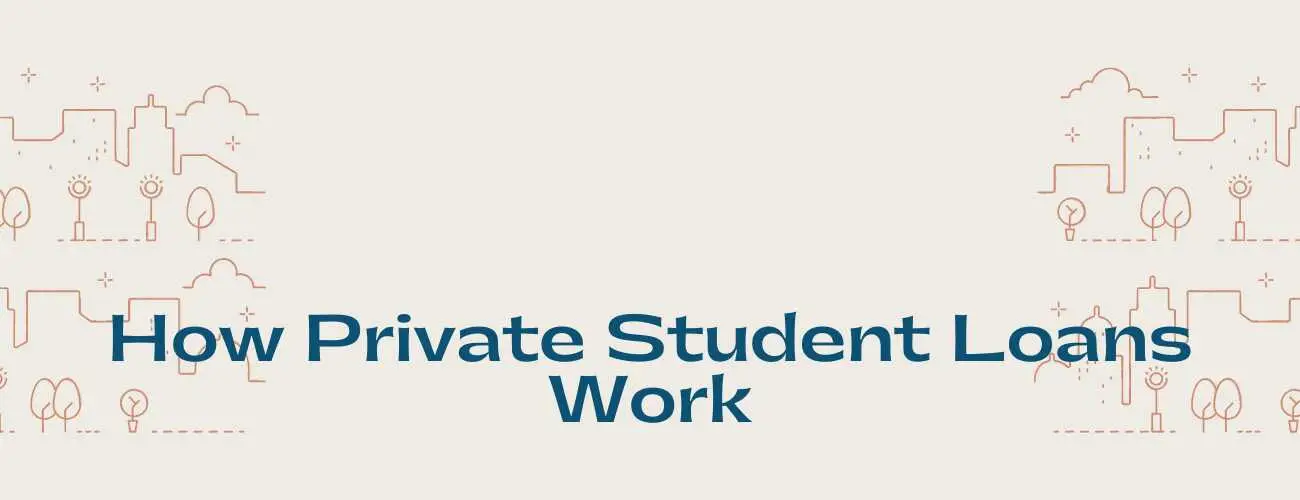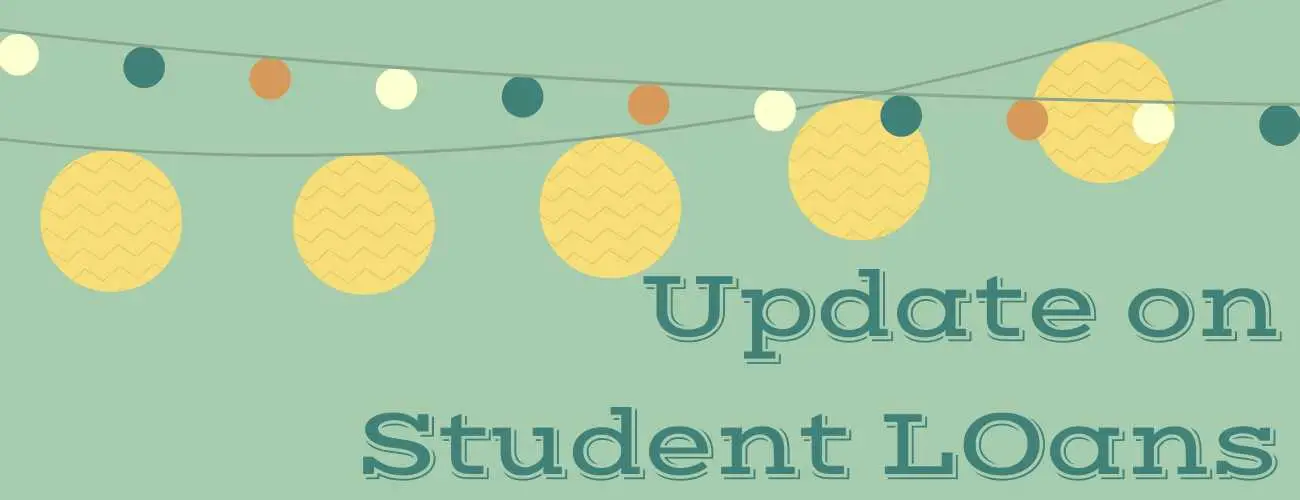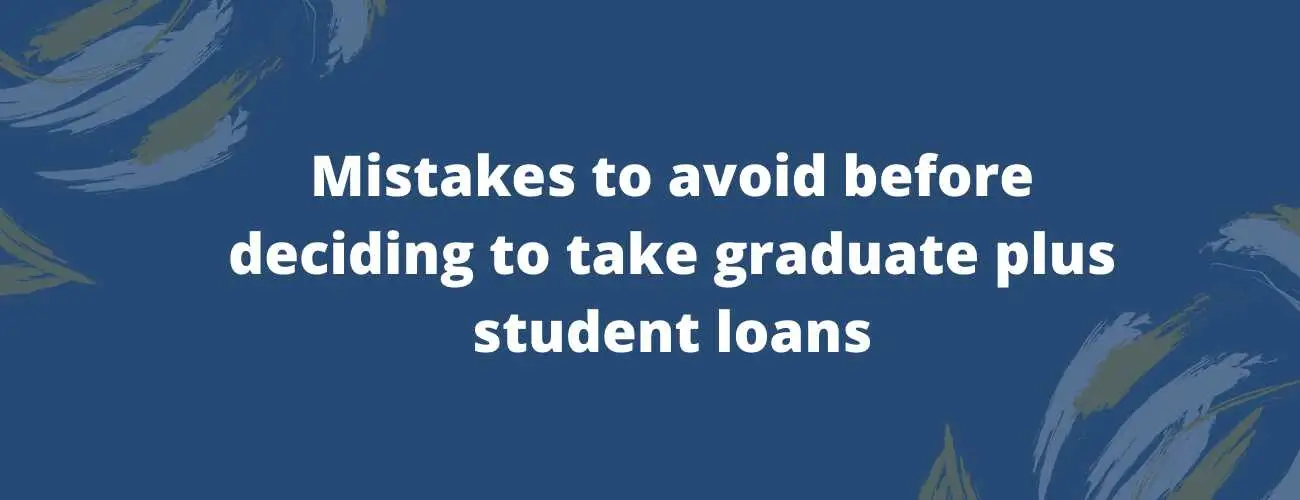Average Law School Debt [Explained]
Being a lawyer is a prestigous profession, but with this prestige comes debt. No one likes to bear the burden of debt, learn more about average law school debt, costs of legal education, ways to reduce your law school debt and much more.
Updated by Kirtika Acharya on 27th August 2020
According to the National Center for Education Statistics, average student loan debt for law school graduates is $145,500. This total includes student loans that law students took out for their undergraduate degrees along with their Juris Doctor (JD). If we focus on the repayment of the loans, assuming current interest rates will result in a total interest payment of $53,200, and $1,656 per month will be the average law school loan payments for that amount of debt.
Seventy-five percent of 2018 law school graduates took student loans, according to Law School Transparency, a nonprofit organization.
“On average, Law students borrowed $115,481 to $130,900 to pay their Juris Doctor degree alone, for graduation in Private law schools and $89,962 for those who attended public law schools.”
Learn more about repaying your law school loans and how you can go about reducing your law school debt.
Table of contents
- The average law school debt in past years
- Top School’s associated with the highest law school debt
- How to repay law school loans
- Costs of legal education and time span to repay debt
- Ways to reduce law school debt
The average law school debt in past years
Over the years from 2000, we have some debt of law school students, which has doubled. Studies at National Center for Education Statistics say accumulative liability for graduation was lower in the early 2000s, which increased in the later years.
Debt figures indicates -> 84,000 dollars from 1999-2000
148,000 dollars from 2015-2016
The figures above are for both law school and pre-law that indicates the increase in value by 76 %, which is a drastic increase in debt numbers.
Excluding the pre-law debt,
Average law school debt -> 76,000 dollars from 1999-2000
134,600 dollars from 2015-2016
Increase in value by 76 % to account inflation. The law students take more loans than grad students. Key factors to consider for repayment of these loans are :
-
The interest rates for loans taken by law students
-
The life span of your repayments you make towards your loans
-
Eligibility for loan forgiveness
The average interest rates that students pay for federal loans were 6.7%.
Top School’s associated with law school debt
Here is a list indicating the schools associated with highest law school debt as per usnews.com
| SCHOOL NAME | AVERAGE INCURRED LAW SCHOOL DEBT |
PERCENT OF GRADS WITH DEBT
|
|
Southern University Law Center
|
$94,447 | 100% |
| Florida A&M University | $61,500 | 100% |
|
Nova Southeastern University
|
$151,344 | 99% |
|
North Carolina Central University
|
$64,800 | 99% |
| Concordia University | $99,351 | 97% |
As shown above, Nova Southeastern University has the highest average incurred law school debt.
How to repay law school loans
If you’ve already borrowed loans for law school, the right repayment strategy for you will likely depend on your career path — and the salary you earn as a result.
Following are the ways to repay the loans in a small period:
1) Apply for a lump-sum payment
i.e., An unexpected bonus, a tax refund, - You can contribute towards repayment of your loans.
2) Apply for Loan forgiveness
i.e., Working as a public lawyer? You might be eligible to walk away from some of your debt. The most generous student loan forgiveness program is offered by the federal government, but states also let qualifying borrowers out of outstanding balances. These programs allow debtors to continue making minimum payments for lower amounts. However, the process of winning forgiveness is neither quick nor straightforward.
As an emphasis, This is not for graduates from Private law schools.
3)Consider Refinancing
If you took out low-rate government loans to pay for graduate school, you probably can't do much to improve your interest rate. However, if you borrowed privately, there's a chance you could get a lower price by refinancing with a lender such as Earnest or SoFi. You'll need to have substantial credit and an excellent job to make this option work.
4)Consider the snowball method
You save to pay off your lowest loan while still making minimum payments on your other student debt. On retiring one mortgage, you'll feel a burst of accomplishment that hopefully motivates you to move on to the next smallest loan in your portfolio and focus on retiring that debt.
5)Make an extra payment
Student loans don't have prepayment penalties, so it makes sense to apply for extra payments if possible. If you decide to make more than 12 payments a year, contact your lender in writing with instructions to use the additional amount to your principal, rather than next month's balance so that your overall interest tab will decrease.
6)Roll student loan into HELOC
If you have a mortgage with some available equity, you could roll your student loan into your home equity line of credit (HELOC). This could reduce your interest rate and result in tax benefits.
7)Apply for Deferment or Forbearance
Student loan deferments and forbearance let you temporarily pause or reduce your monthly payments. Deferment stops interest from accruing on certain types of loans during the deferment period, while loans in forbearance always continue to increase interest.
Costs of legal education and time span to pay loan debt
For this analysis, we will lump the law schools into three categories which are as follows :
1)First Category:
The first category is the top twenty best law schools as rated by U.S news Education Grad School rankings.
For our first grouping of the top twenty graduate law schools in the country, the average tuition comes in at $45,569 per year.
The averages calculated are taking the number one school, which is Harvard, and the number twenty school, which is the University of Minnesota Twin Cities and dividing them by two. The figures and school rankings were all gathered from the U.S News graduate school rankings. All of the statistics will also assume the out of state tuition fees.
Therefore, the average cost of law school for a graduate of the top twenty law schools in the country comes out to be $136,707 plus their undergraduate degree of $76,000 to be a final total of $212,707.
According to Berkeley University Career Center, it takes on average three years of law school to pass the Bar so that you can become a practicing lawyer.
2)Second Category:
We will analyze the second group of top law schools. The average cost of tuition for this grouping is $38,308, which applied to the same three-year figure would come out to $114,924. These figures were calculated in the same format as described above in the first grouping.
Adding back in the $76,000 for the undergraduate degree and you have a total completion cost of $190,924 to go from high school graduate, all the way through passing the Bar.
3)Third Category:
Grouping of top law degrees in the United States. The average cost of these schools does not vary significantly from the second grouping at $37,500. This would lead to a three-year grad school cost of $112,500, with a total price of $188,500 to become a lawyer.
As the above data indicate, it could take a large number of loans to be able to complete a law degree from one of the most prestige’s law schools in the country.
Below mentioned is the cost of law school in town or out town:
-
Lowest-cost private school: Brigham Young University, $23,940
-
Highest private school: Columbia University, $62,700
-
Lowest public in-state school: The University of North Dakota, $11,161
-
Highest public in-state school: The University of Virginia, $54,000
-
Lowest public out-of-state school: University of the District of Columbia, $22,402
-
Highest public out-of-state school: The University of Connecticut, $57,852
Worried about your college tuition? Learn more about student loans
Ways to reduce your law school debt
The cost of law school is high; you can reduce the amount you have to borrow to pay for the price, of course, as well as reduce the value of your loans. Here are a few ways to minimize your law school debt, before and after you attend school:
-
Explore law school scholarship as much as you can to have thorough methods of reduction in the cost of law school and grants to pay for law school without debt.
-
Try to cover as many costs as you can with federal student loans; this loan offers possibly lower interest rates than Private loans—possibility of forgiveness after you graduate.
-
Compare different Private law school loan options before applying for the loan, find the lowest interest rate and most favorable repayment terms.
-
Work part-time during college to reduce the amount of financial aid you need.
-
To avoid extra payments, make on-time payments to protect your credit score.
Unfortunately, there can be a lot of confusion around what options are available for student loan borrowers. By going through the data as mentioned above, you can find useful information about what you need to do to lower your payments and make them more manageable.
Before you choose a plan of action, it is vital to understand the benefits you might get. It is essential to keep in mind the extra payments you will have to pay over time. While lowering fees can feel like a quick win, it can also have long term consequences. Choose wisely!
| Minumum Credit Score | Apply in as little as | Variable APR | Fixed APR | ||
|---|---|---|---|---|---|
 | Not Available | 15 minutes or less | 2.95 | 4.74 | View disclosures |
 | 620 | 2 minutes | 5.38%-16.99%1 | 4.43%-16.99%1 | View disclosures |
 | Not Available | 15 minutes | 1.13% - 11.23%¹ (with autopay) | 3.50% - 12.60%¹ (with autopay) | View disclosures |



93.jpg)


28.jpg)
